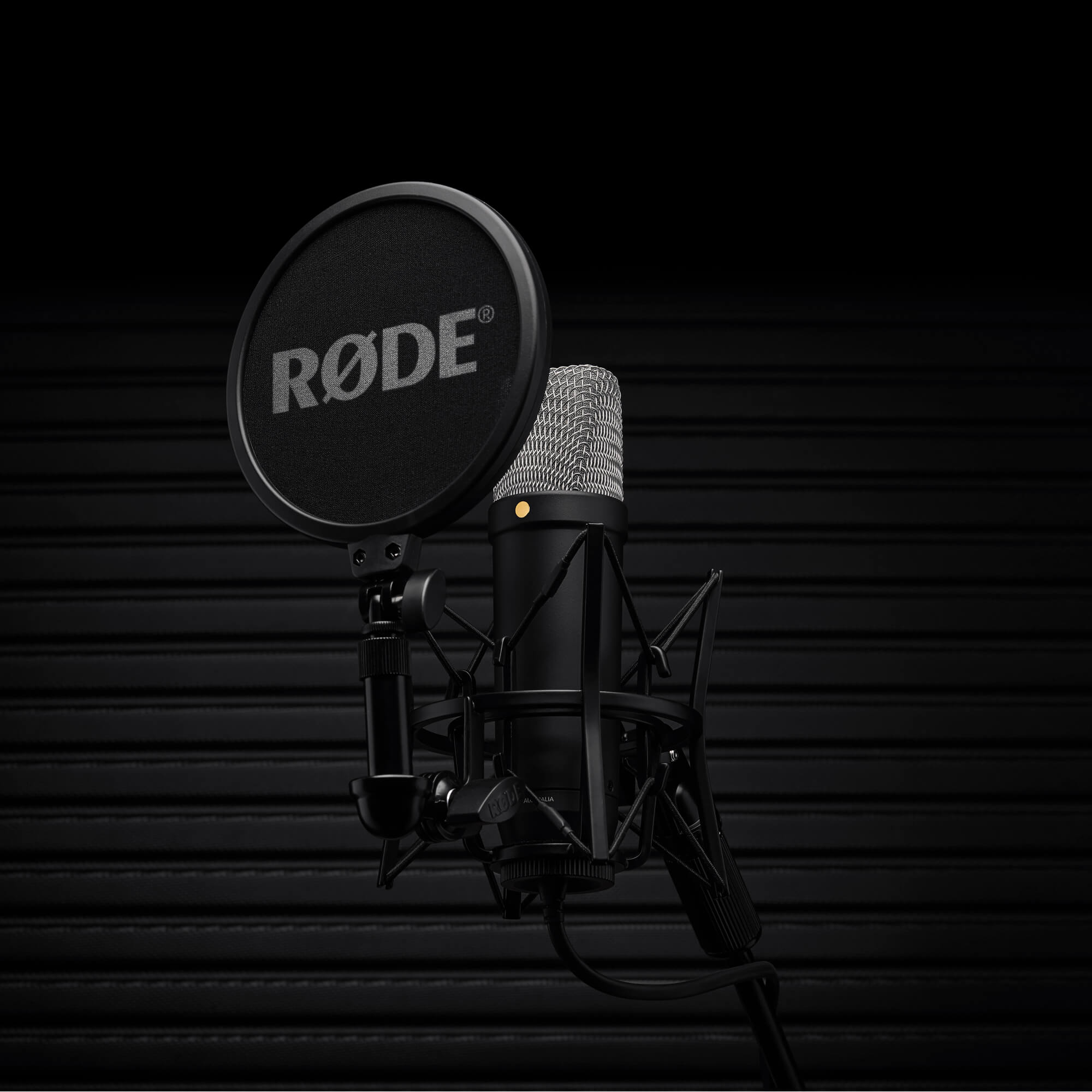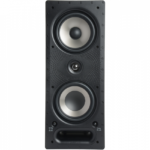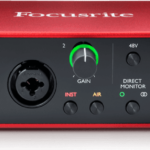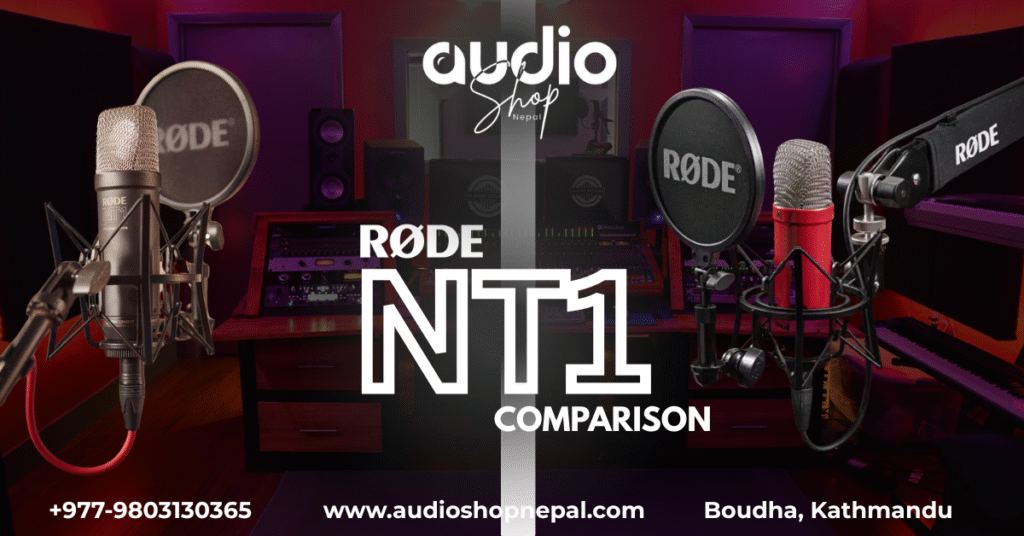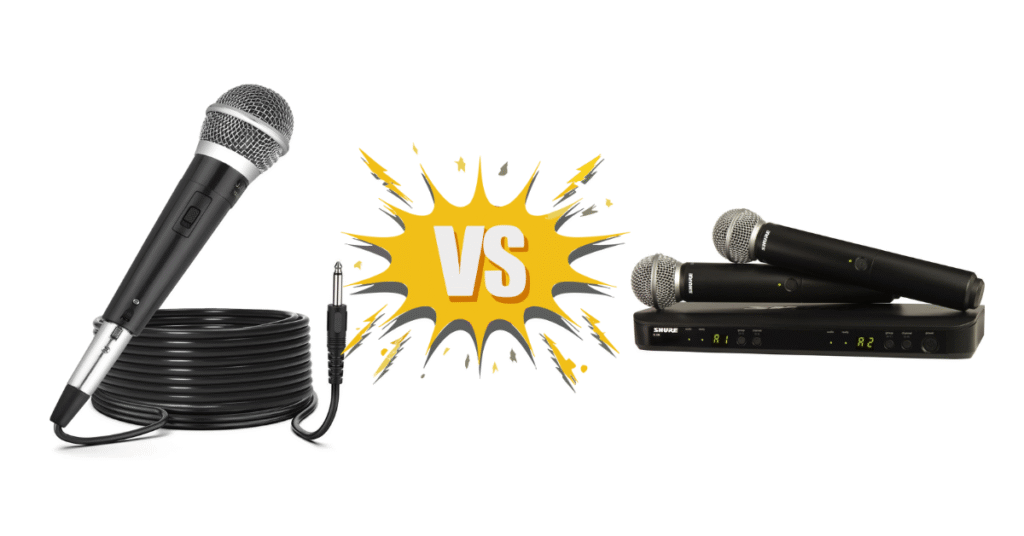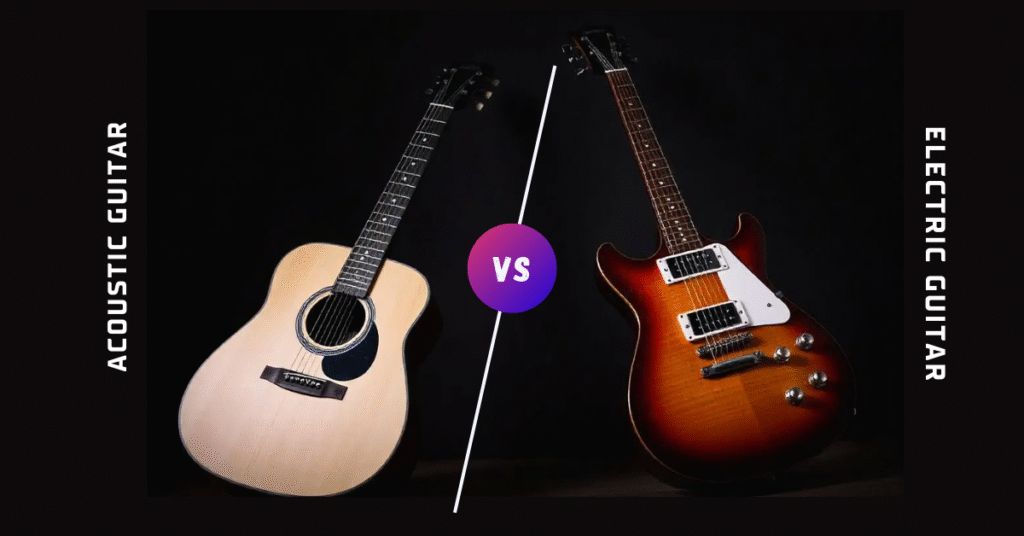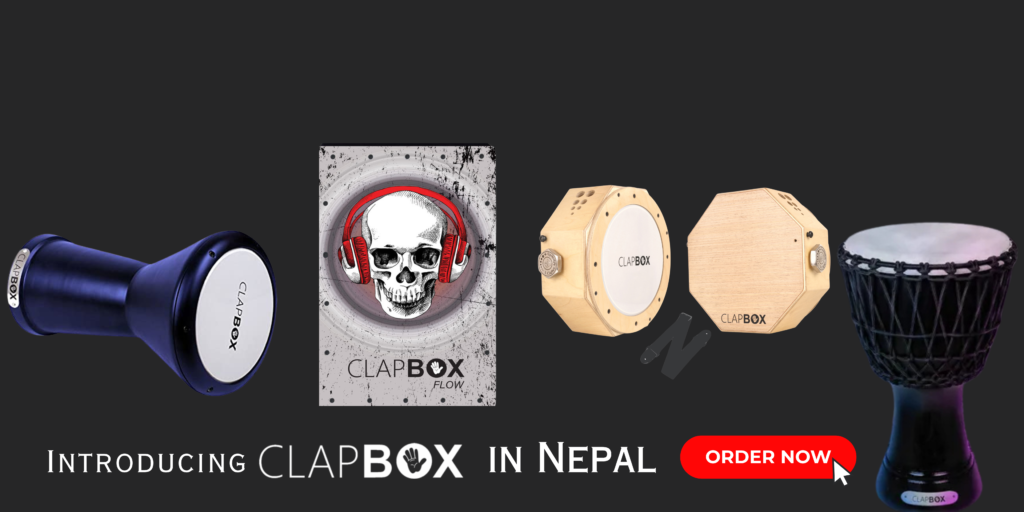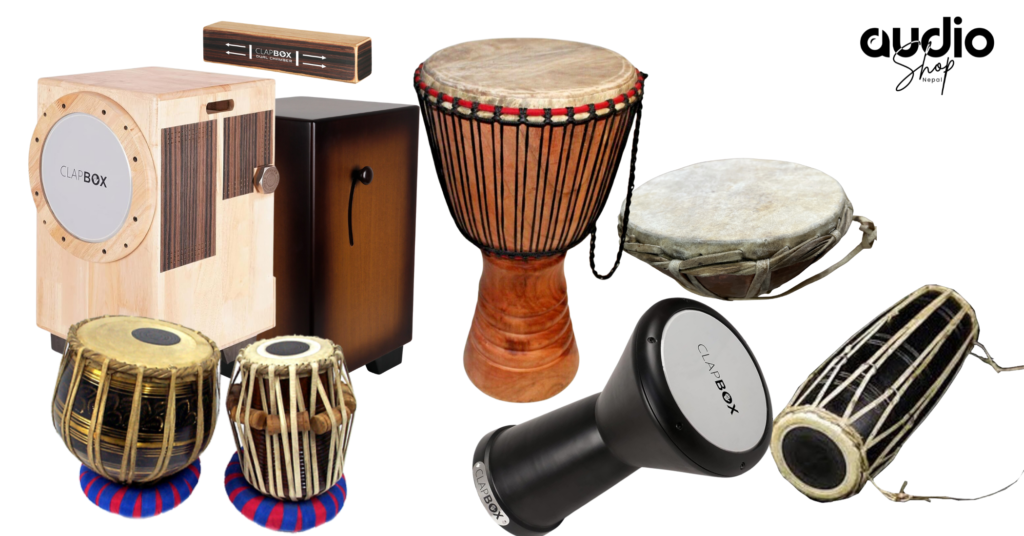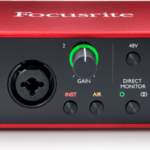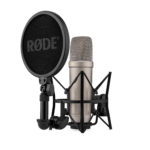Discover the Best: A Beginner’s Ultimate Guide to Guitar Amplifier
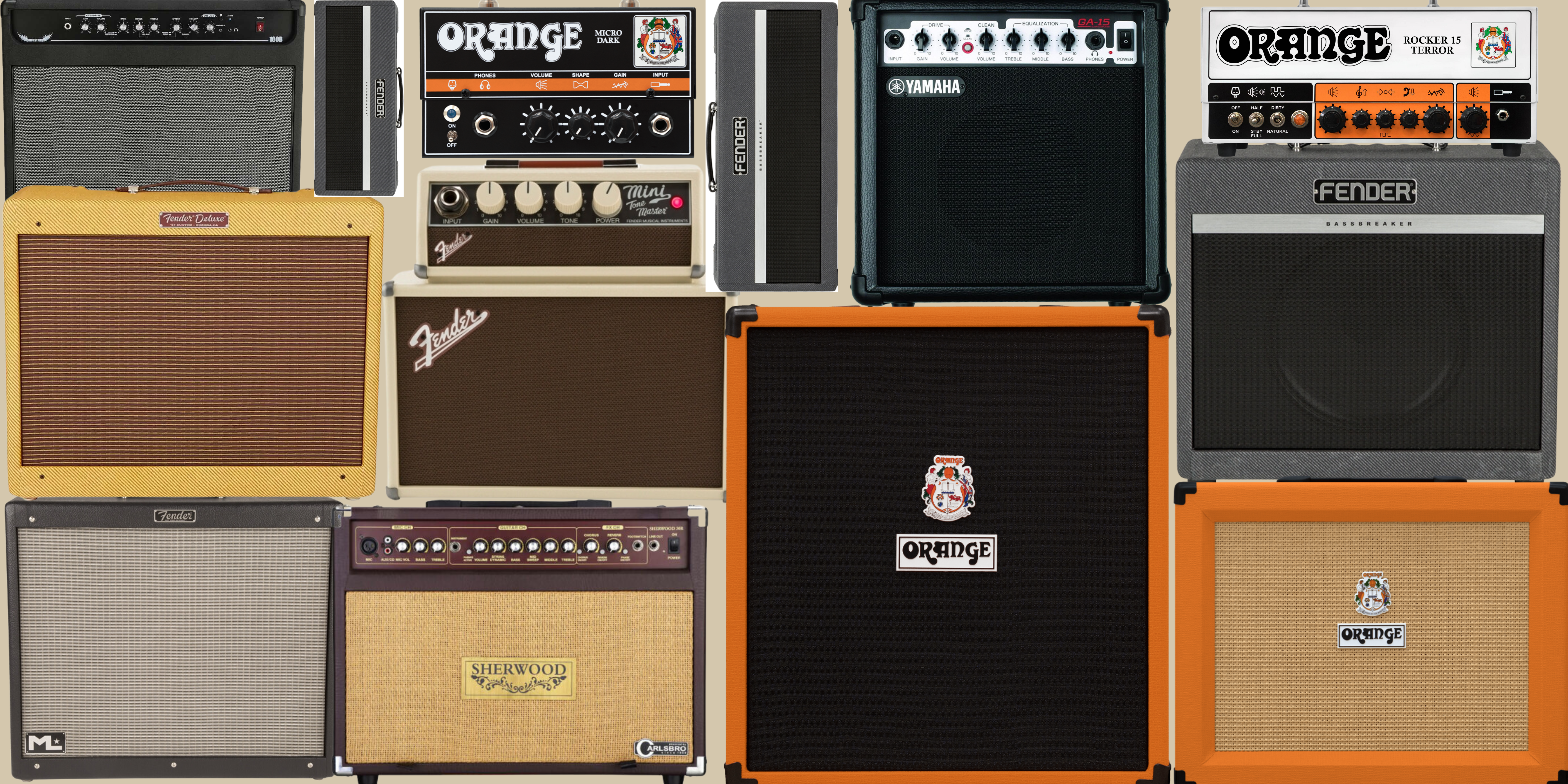
Guitar amplifiers are an essential part of any guitarist’s setup. They help to amplify the sound of the guitar and create the desired tone. However, with so many different types of guitar amplifiers available, it can be challenging to know which one to choose. In this guide, we will explore the different types of guitar amplifiers, compare them to each other, and include the pros and cons of each.
Understanding Guitar Amplifier
Don’t think of a guitar amplifier as merely a loudspeaker. Rather, it’s a device that channels the electrical signal from your guitar pickups through an electronic circuit to shape the tone. This modified input is amplified before being forced through the speakers. Generally, an amplifier is built around two specific parts: the preamp and the power amp. When combined, they do all the aforementioned work.
Key Factors to Consider
When choosing a guitar amp, consider the following factors to find the best fit for your sound and needs:
- Sound: Different amps produce different tones. Listen to various amps to determine which one matches the sound you’re aiming for.
- Effects: Some amps come with built-in effects such as reverb, delay, and modulation. These can add depth and texture to your playing.
- Power and Volume: The wattage of an amp determines its power and volume. Higher wattage amps are louder and can handle larger venues, while lower wattage amps are suitable for practice and small gigs.
- Recording Capability: If you plan to record, look for an amp with a direct out or USB capability.
- Size and Weight: Consider the portability of the amp. If you’ll be transporting it frequently, a lighter, more compact amp may be preferable.
Types of Guitar Amplifier in Nepal.
1. Tube (Valve) Amps
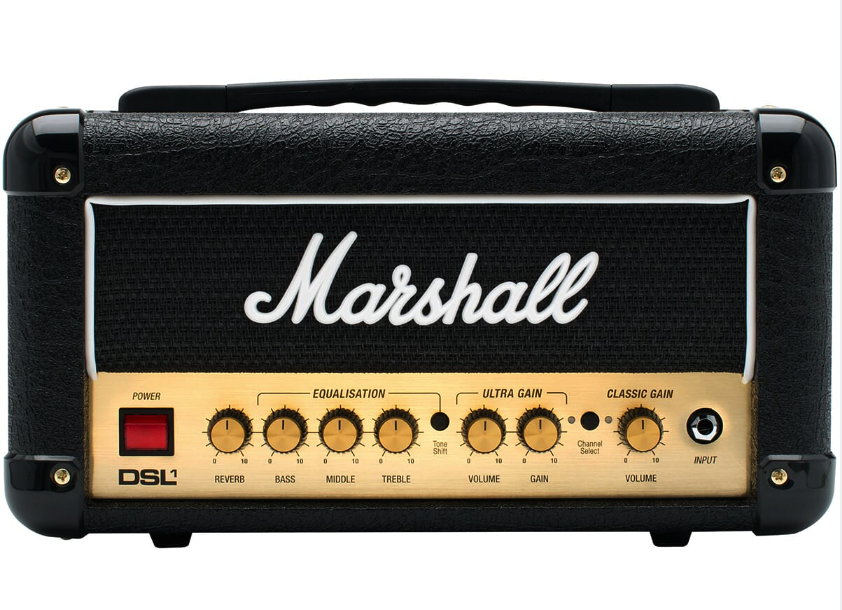
Description: Tube amps, also known as valve amps, they are the oldest type of guitar amplifiers that use vacuum tubes to amplify the signal. They are renowned for their warm, rich sound and dynamic response.
Pros:
- Warm, rich tone
- Natural distortion
Cons:
- Heavy and bulky
- Requires maintenance
- Generally more expensive
2. Solid-State Amps
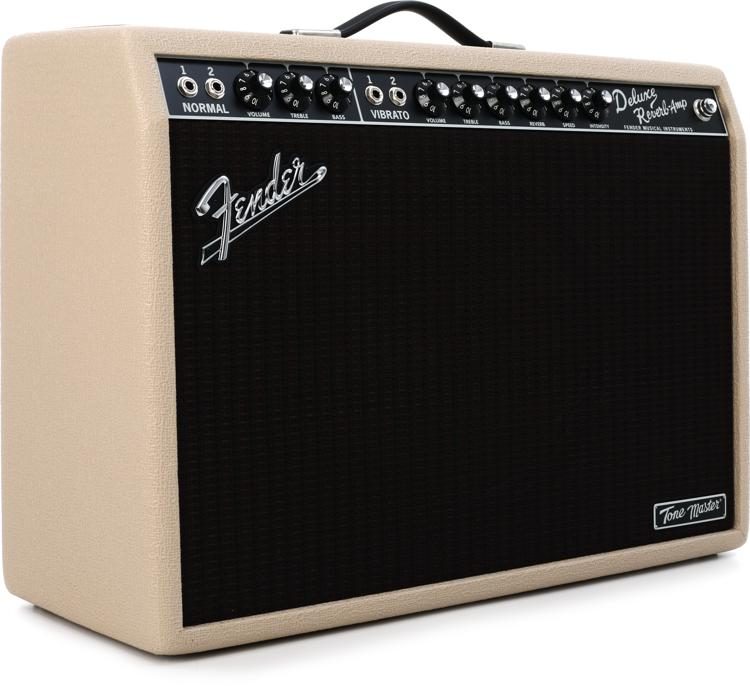
Description: Solid-state amps use transistors instead of tubes to amplify the signal. They are known for their reliability, their clean and crisp sound and are popular among jazz and country guitarists.
Pros:
- Reliable and durable
- Lightweight
- Affordable
Cons:
- Lack the warm sound of tube amplifiers
- No proper distortion.
3. Hybrid Amps
Description: Hybrid amps combine the best of both tube and solid-state amplifiers: as they use a tube in the preamp section and solid-state technology in the power amp section. These amps are popular among guitarist looking for an affordable modeling amplifier in search of affordability and reliability.
Pros:
- Balanced tone
- More affordable than full tube amps
- More reliable than tube amps
Cons:
- Tone may not be as authentic as pure tube amps
4. Modeling Amps
Description: Modeling amps use digital technology to emulate the sounds of various types of amplifiers, effects, and speaker cabinets. Modeling amplifiers are popular among guitarists who want to experiment with different sounds as they can simulate the sound of tube and solid-state amplifiers, as well as other effects such as reverb and delay.
Pros:
- Highly versatile with multiple tones
- Built-in effects
- Great for practice and performance
Cons:
- Can be complex to use
- Some purists argue digital tone lacks authenticity
- Expensive
How to Choose a Guitar Amplifier in Nepal?
Selecting the right guitar amplifier can be daunting, but focusing on your specific needs and preferences will help narrow down your options. Here are some steps to guide you:
- Identify Your Needs: Determine what you need the amp for—practice, recording, live performance, or all of the above.
- Set a Budget: Amplifiers come in a wide range of prices. Establish a budget to help you focus on options within your price range.
- Research and Test: Listen to demos online, read reviews, and, if possible, try out amps in person to see which ones resonate with you.
- Consider Portability: If you need to transport your amp frequently, consider its size and weight.
- Evaluate Features: Decide which features are essential for you, such as built-in effects, recording capabilities, and connectivity options.
Conclusion
Choosing the right guitar amplifier is essential for shaping your unique sound and enhancing your playing experience. Tube amplifiers are favored for their warm, rich tones, while solid-state amplifiers provide clean and crisp sounds. Modeling amplifiers offer versatility and a wide range of effects, and hybrid amplifiers combine the benefits of both tube and solid-state amps. By understanding the pros and cons of each type, you can make an informed decision and find the perfect amplifier for your needs and playing style.
For all your audio-related needs, including the best selection of guitar amplifiers, visit Audio Shop Nepal—your premier destination for quality audio equipment and expert advice.
Description for this block. Use this space for describing your block. Any text will do. Description for this block. You can use this space for describing your block.
A: A guitar amp is an electronic device that boosts the signal from an electric guitar, making it loud enough to be heard through speakers. It also shapes the guitar’s tone and can add various sound effects.
A: There are four main types of guitar amplifiers: Tube (Valve) Amps, Solid-State Amps, Modeling (Digital) Amps, and Hybrid Amps.
A: A tube amplifier uses vacuum tubes to amplify the guitar signal, known for their warm, rich tone and dynamic response.
A: A solid-state amplifier uses transistors instead of vacuum tubes to amplify the guitar signal, offering reliability and low maintenance.
A: A modeling amplifier uses digital technology to emulate the sounds of various amplifier types, effects, and speaker cabinets.
A: A hybrid amplifier combines elements of both tube and solid-state technology, typically using a tube preamp section and a solid-state power amp section.
A: Tube amps often sound louder than solid-state amps of the same wattage due to the way they handle volume and distortion.
A: Yes, many solid-state amps are suitable for gigging, especially for genres requiring clean tones or high gain without the weight and maintenance of tube amps.
A: Yes, modeling amps are great for beginners due to their versatility, built-in effects, and ability to experiment with different sounds.
A: Guitar amplifier boosts the weak signal from an electric guitar, making it loud enough to be heard through speakers, while also shaping and enhancing the guitar’s tone.
A: Yes, different amplifiers can significantly alter the tone and quality of the guitar’s sound.

